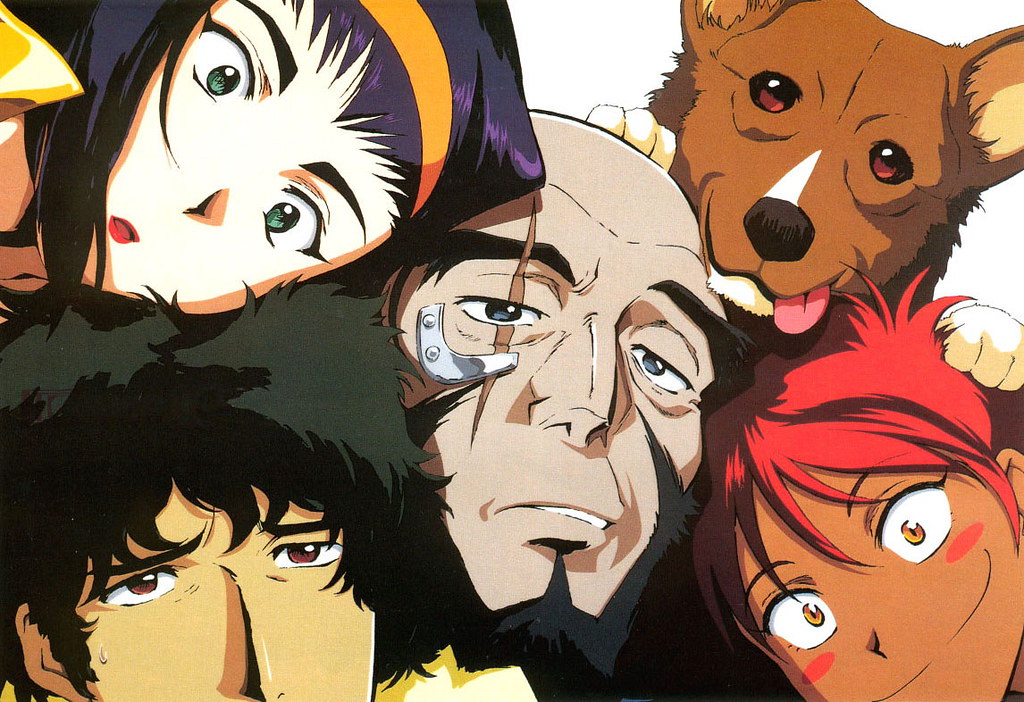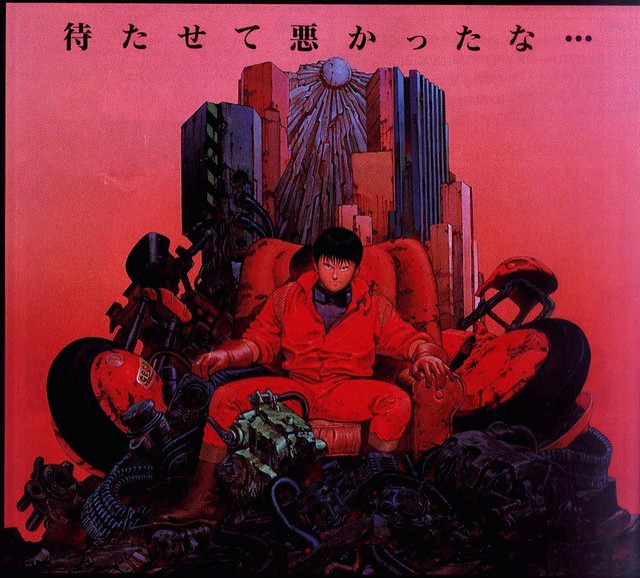(This is the first part of a new little segment I’ve started.
Here, we’ll analyze some particularly memorable scenes from movies or
television, picking them about and discussing what made them so memorable in
the first place.)
Anatomy
of a Scene
“Test
Drive”
The How to Train Your Dragon series is a standout among DreamWorks' usual animated fare.
The stirring tale of a young outcast and his bond with an injured
dragon in a fictionalized fantasy Viking setting transformed a relatively
obscure children’s book series into a spanning, acclaimed franchise with
enough grit, tenderness, and powerful narrative to rival the very best of the
Disney-Pixar canon.
But one scene stands out among all the others in this 3D gem, and that's the much revered "test flight" sequence of protagonist Hiccup and his dragon compatriot Toothless.
This beautiful scene struck a memorable chord with many moviegoers, and I hope teasing apart its myriad segments will foster an even greater appreciation for the power it holds.
The Background
The entire lead up to this scene paints a telling backdrop of Hiccup and Toothless' journey to this point. Hiccup, Viking intellectual and eternal outcast, had spent the first half of the film learning all he can about dragon behavior and flight. While his kin saw
dragons as nothing more than dangerous nuisances, Hiccup surmounted both his intrinsic fear and the perils of peer pressure to bond with the beasts, and it was all thanks to Toothless. Said dragon
has his own journey to make, as in his own silent, snarky
way, he climbs out of a pit of mistrust and irritation and towards trust and eventually friendship. Acknowledging this two-way journey of both
boy and dragon matters in the test flight scene, for the joint threshold they both must cross together elevates
Toothless above the narrow characterization of "steadfast steed" typical in most
film flight narratives.
In other words, Hiccup and Toothless both have a
stake in this flight. Indeed, you could argue that it means much more to Toothless than to Hiccup.
Hiccup didn't need to manufacture a tail for the fallen dragon - especially if he just wanted to use Toothless to learn
enough about dragons to impress the village with
his prowess. Flight amounts to a new bridge to cross for Hiccup, but for Toothless, it represents freedom and strikes to the core of his very being. Taking to the air again
reconnects him to a part of himself, and adds more feeling to the flight sequence.
The Scene
0:02: We enter the world
space through a far shot of Hiccup and Toothless in mid-air. How they got there doesn't matter; the film had built up Hiccup’s
growth and studies from virtually the first ten minutes of the movie; this is merely the culmination of that. We can therefore focus on the dynamics of the flight alone.
0:05: Hiccup gives his nervous, “by the numbers” spiel, hoping for a nice, easy
flight. It’s easy to forget that this isn't the pair’s first time in the air together; that honor goes to a brief, thirty second flash of failure before their extended training montage. But Hiccup still
hasn’t gained sufficient confidence despite his practice, and it shows; he’s
fidgeting atop Toothless, clutching a small cheat sheet of positions for his scaly
friend’s prosthetic tail like a lifeline.
Here Hiccup behaves as
he’s always: the nervous newcomer, not certain if he has the strength or will
to pull this off despite his practice. He fails to see that he’s
pioneering a completely new direction not only in Viking/dragon relations, but
for how his people define martial mastery. This overt humility
will come back to bite him later, but for now, it remains a stance we the audience wish to see him overcome.
0:14: Toothless - the other partner in this mid-air tango - is simply
enjoying the view. Unlike most flight sequences in other films, Toothless
is neither an inanimate vehicle, nor a dumb (in both senses) brute who’s inner
world and reflections of the flight bear no consequence. While Hiccup is
forging new space no Viking has gone before, Toothless is at last getting his
long-awaited chance to taste the sky again.
0:18: The intersection of
music and perspective intrudes heavily at this point to bolster the scene's narrative “omph.” Composer John Powell, who rightfully
earned an Academy Award for his work here, captures the spectacular awe and
freedom of flight with the “Test Drive” score the scene is named for.
As Hiccup gathers his courage, the soaring pipes
and brasses hum and turn, rising in crescendo almost in time with Hiccup and
Toothless’ turns and dives. Meanwhile,
the camera never puts the audience in a first-person view; these shots give the impression of flight as “thrill ride” for the audience, unacceptable for such a narrative-centered scene.
But keeping the camera
either centered at the frame, or in a forward traveling point-of-view Toothless' back, keeps the flight sequence focused on its emotional impact without unseating Hiccup from his centrality to the
narrative unfolding.
0:30: Both narrative utilities
- music and perspective - thrust to the forefront as Hiccup utters “It’s go
time,” and begins their flight in earnest. The track’s Celtic tone switches
on the intro of a deep, booming French Horn, while we get a rolling back view
of Hiccup’s descent. This is the “magic
shot”: the tonal crescendo showing the audience that, however many times the movies
have beaten the flight trope into the ground, it can still soar with spectacular wonder.
0:52: This brief, comedic
intermission, a necessary trip in Hiccup’s path, shows his
hesitancy and inexperience as a flyer, heightened by the ear slap delivered by his snarky
steed as if telling him, "Get it together!" Besides providing some funnies, it serves another purpose:
to lull both Hiccup and the audience into false security before taking a
sudden turn.
Thresholds are a crucial
part of any narrative, and is especially critical for adventure tales like How
to Train Your Dragon. Thresholds require some catalyst to push our
hero from who his is to who he will become, and Dragon provides that with a
momentous fall.
1:14: In a brief moment of
abandonment to the freedom of the air, Hiccup disconnects from the fragile
harness keeping them afloat while grabbing for his cheat sheet.
This transition puts an earmark on Hiccup’s growth, and reveals some hidden depths in our young hero. Even during a terrifying free fall - arguably the first such experienced by any Viking -
Hiccup has the presence of mind to not only angle himself into an
effective boxman position, but to also guide a frightened Toothless through righting
himself. Such aplomb under fire is a key
leadership trait, and hints at better days ahead for our boy.
1:45: Once securing Hiccup and his “steed,” the scene enters its crowning climax, framed by Powell’s
stellar, on-point track, with Toothless flaring his wings just in time to avoid
collision with the trees below. The angle, once again, is over the back,
giving a sweeping view of the certain death our protagonists narrowly
avoided. The miniature wake turbulence
streaming from Toothless’ wings combines with the perspective to give
audiences an exhilarating shot without moving the focus from the characters.
1:52: We arrive at the scene’s
fulcrum, the tether anchoring it to the narrative and to Hiccup’s growth.
Despite the clear danger ahead, Hiccup somehow still clutches his “cheat sheet”
against all logic, and despite the fact that it very nearly killed them.
Fortunately, the forces of turbulence step in to wrench him from that crutch, rendering the paper unreadable. With the rock pillars ahead, Hiccup faces the same choice as all who aspire to mastery of a
particular art: Do I continue to follow a beaten path, or should I
let go and let my instincts guide me?
And it isn't just
his personal growth at stake here. Toothless’ frightened face looms large in the
scene, and is likely in his own way urging Hiccup to make up his mind.
This is the most prominent example of Toothless’ vital place as an agent in this matter; Hiccup’s decision won’t just affect him, but the
life of another intelligent, sentient being depends on it, too.
1:55: And that's why seeing him expunge the cursed document from his hands felt so satisfying. The
music starts its final push, and Hiccup assumes an assured place atop his
mount - a far cry from the clumsy, hesitant posture before. The background
flows past the central frame, but our eyes remain locked on Hiccup and Toothless as they whizz past
obstacles and even pull off an impressive aerial trick - all on instinct, and with
an assurance Hiccup has not displayed up to this point. Here, at the threshold
of uncertainty and experience, Hiccup ceases to be “the boy with the forbidden
friend,” and becomes, in earnest, the first dragon rider.
Aftermath
Flight sequences well
executed always leave an impact on audiences, however many times they’ve been
paraded onscreen year after year. This is arguably the best use of
narrative transition for a character’s personal growth in the recent 3D film
marketplace, and its near-perfect execution has left audiences the world over in
awe. In one scene, Hiccup redefines both himself and his relationship to
Toothless, and paves the way for heightened expectations for his character
arc. Through their spatial mastery, Hiccup and Toothless cement their bond and in the
process, together become something much more than what they had been separately. The rest
of the movie, and the series, follows from there.





